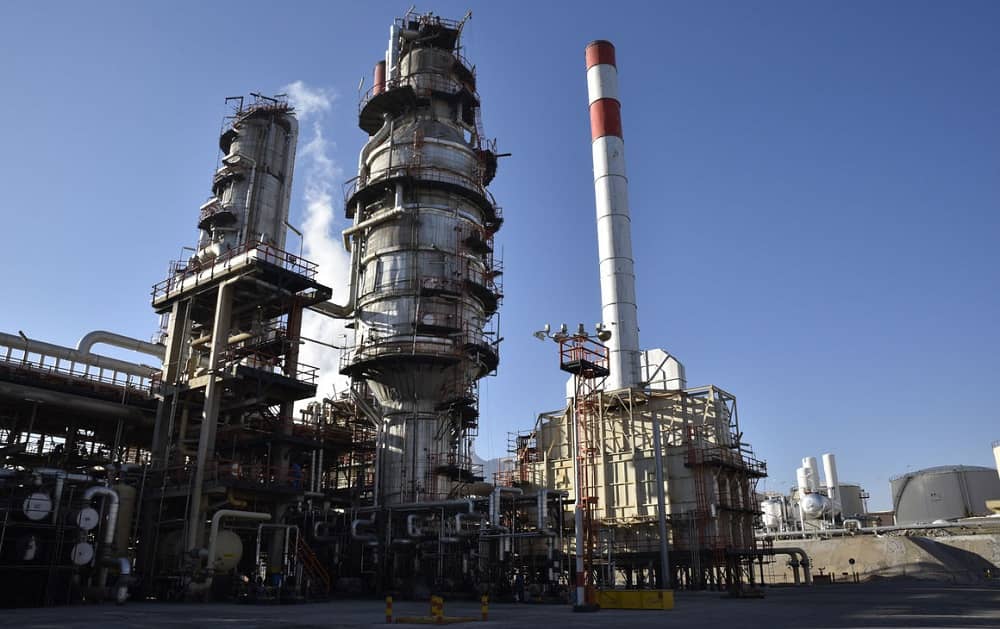
In a striking narrative pushed by state officials and media outlets in Iran, the regime asserts that it has re-entered the global oil and gas markets at levels seen before international sanctions.
This message is spearheaded by the Kayhan newspaper, with ties to the Supreme Leader’s office, celebrating what it describes as President Ebrahim Raisi’s success in restoring oil revenues.
These claims, however, appear to be part of a broader propaganda effort to boost morale within the regime amid a host of domestic and international challenges. The United States still enforces sanctions on Iran’s oil industry, which strongly discourages any nation with interests in American markets from engaging in oil trade with Tehran.
In a tactical move, the West, primarily under the Biden administration, has allowed controlled Iranian oil sales to proceed. This approach serves dual purposes: it aims to coax Iran diplomatically and to partially compensate for the gap left by Russian oil in the aftermath of sanctions imposed due to its conflict in Ukraine.
#Iranian oil exports: from reality to propagandahttps://t.co/B1cUFG625N
— NCRI-FAC (@iran_policy) August 31, 2023
The reality on the ground is starkly different from the regime’s rhetoric. Traditional buyers of Iranian oil, including Western European countries, Japan, India, and South Korea, have refrained from resuming purchases. Consequently, Iran has turned to China – a global economic powerhouse hungry for oil – to offload its oil, albeit at considerable discounts and often in exchange for the Chinese yuan, which can result in notable financial losses.
Iran’s oil exports have reportedly averaged 1.5 million barrels per day, a substantial decline from the 2.5 million barrels per day in 2018. Russia, facing its own set of sanctions, has also been offloading its oil at discounted prices, adding to the competitive pressures Iran faces in the oil market.
The financial implications for Iran are significant. Over recent months, Iran has reportedly offered China over $4.2 billion in discounts. Inside Iran, the economy is delicately poised with the government’s oil sales revenue earmarked for essential goods and other expenses, subject to complex exchange rates and fiscal allocations.
Yet, the anticipated revenues are not meeting expectations. Reports suggest a glaring gap between the regime’s projected and actual oil sales. Only about half of the expected $13.1 billion has been realized, according to Davood Manzoor, the head of Iran’s Planning and Budget Organization.
Watch and judge how the clerical regime is spending #Iran's oil and tax revenues pic.twitter.com/6ejsMtpgPm
— NCRI-FAC (@iran_policy) August 18, 2023
To manage the shortfall, the Raisi government has been forced to slash provincial budgets for crucial public services and dip into the nation’s foreign exchange reserves. But the financial woes do not end there; substantial portions of the revenue are directed toward funding regional proxies and military projects, which do not directly benefit the Iranian populace.Reuters highlights a significant uptick in the regime’s financial support to Hamas, and expenses tied to proxy groups and military ventures continue to drain the national coffers.
The leadership is also accused of transferring substantial funds abroad, exacerbating the economic plight of the Iranian people.With everyday living costs and housing prices soaring, the Iranian public bears the brunt of the financial mismanagement. Javad Mansoori, a former ambassador to China, poignantly encapsulates the situation, suggesting that even extraordinary wealth would do little to alleviate the systemic economic challenges Iranians face.

MEK Iran (follow us on Twitter and Facebook), Maryam Rajavi’s on her site, Twitter & Facebook, NCRI (Twitter & Facebook), and People’s Mojahedin Organization of Iran – MEK IRAN – YouTu
